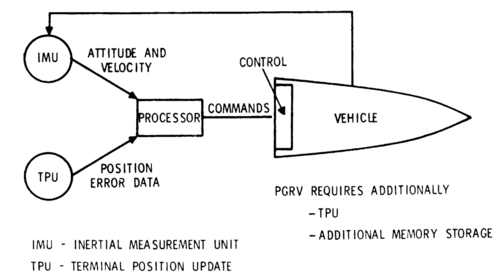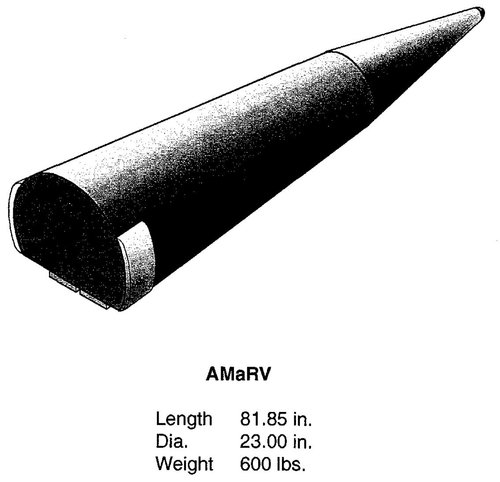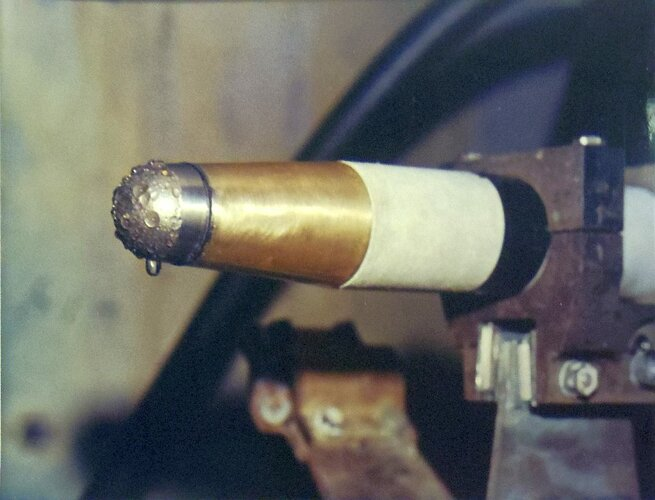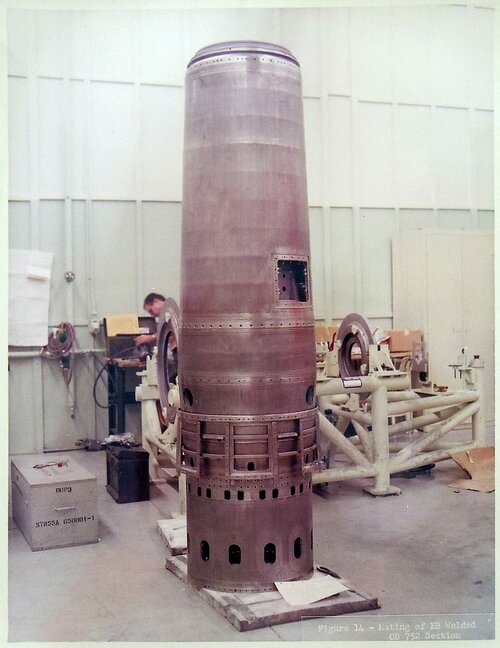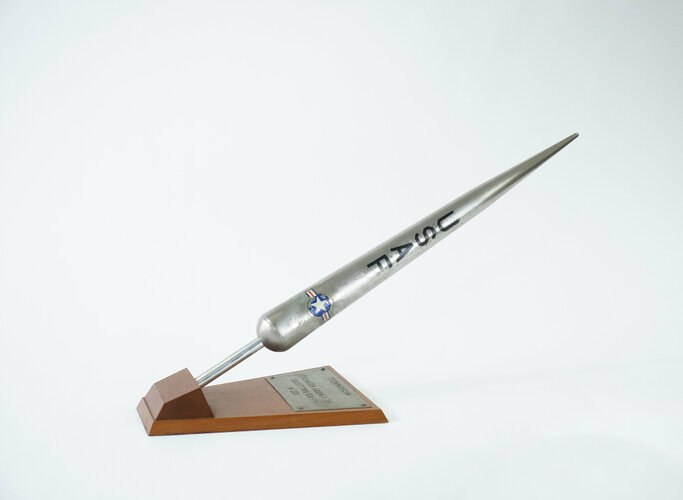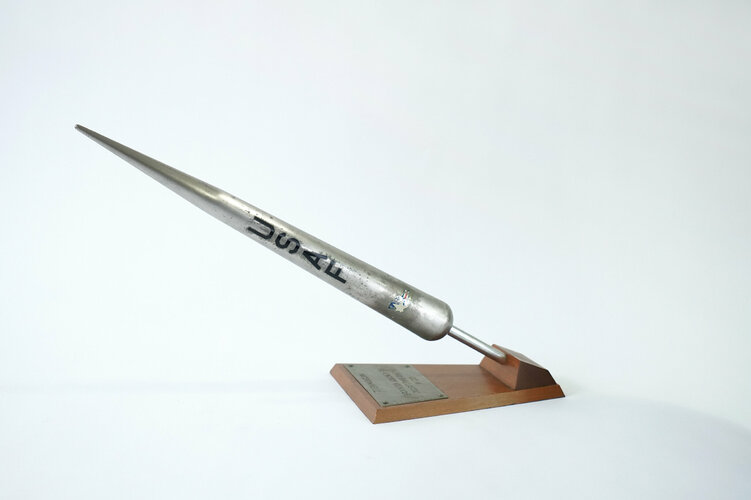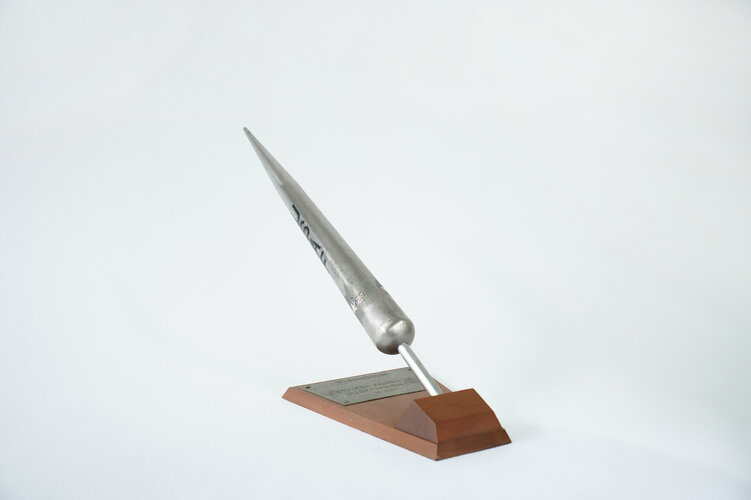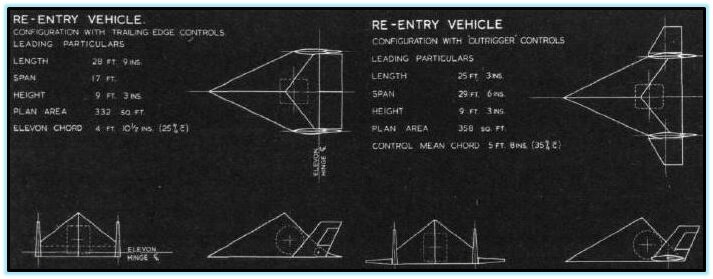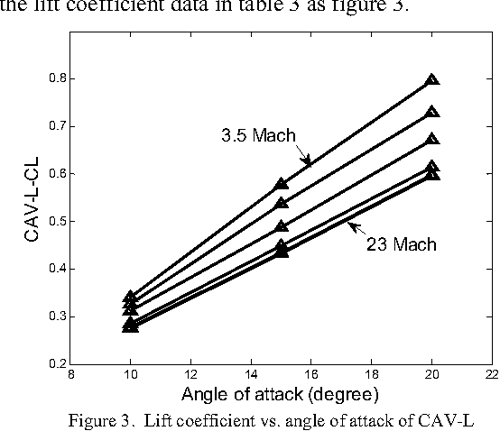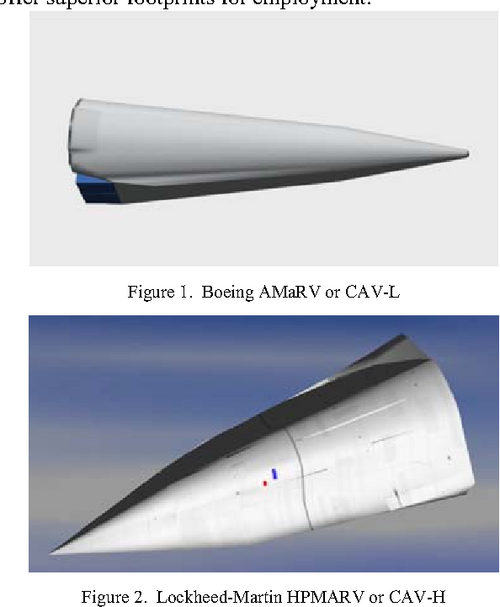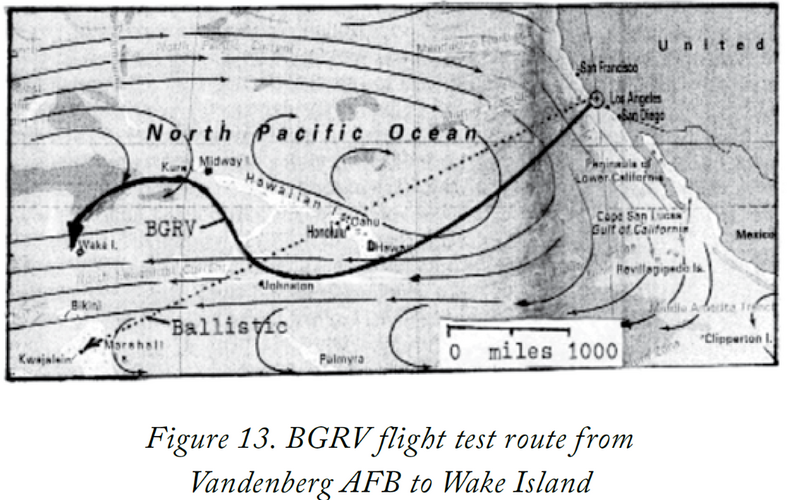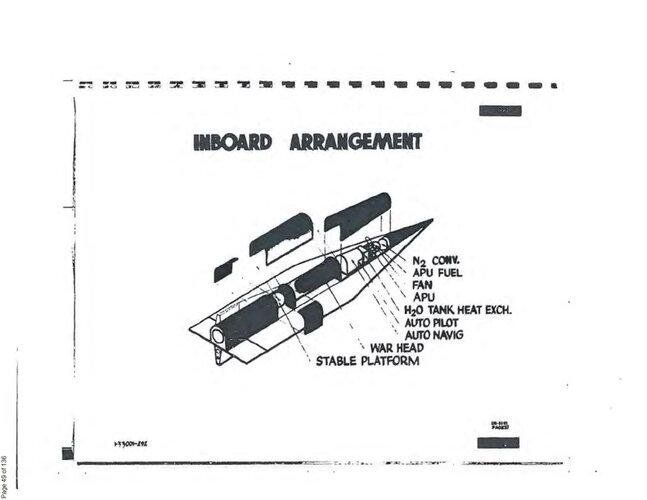- Joined
- 3 June 2011
- Messages
- 18,333
- Reaction score
- 12,218
Most DSMAC is IIR-based. How well would that work whilst going through the atmosphere at Mach 20? GPS is fine for fixed targets as long as it hasn't been jammed.DSMAC or GPS most likely.
Pershing II used a radar DSMAC. Several Chinese ballistic missiles do the same. Indian as well.


